Test Drive Unlimited: Solar Crown on PlayStation 5
The Test Drive Unlimited series is finally back after a 13-year hiatus, and while some elements stray from its original identity, Solar Crown manages to carry a portion of its former glory into a new generation. The game boasts a 1:1 scale map of Hong Kong Island and over 100 officially licensed cars from Lancia to Lamborghini.
The main draw of the series lies in its unique lifestyle elements mixed with social multiplayer racing. Solar Crown still retains some legacy features like walkable interior spaces and retractable convertible tops but focuses much more on the competitive aspect this time around. We’ll go through all the ways the new TDU succeeds and fails at delivering this slightly new direction, but let’s start with how it launched first.
TDU Solar Crown’s launch has been plagued with a myriad of server issues and performance woes. I couldn’t even log into the game until after the review embargo and early unlock, and players who pre-purchased the Gold Edition are even more upset at the server disconnects and long wait times preventing them from using their early access time.
That said, launch woes are a finite issue that can get fixed over time; TDU: SC suffers from other deeply ingrained problems beyond its poor launch. A good portion of Solar Crown’s problems can be attributed to its always-online requirement. Being wholly dependent on a game’s online servers just to log in means players aren’t always guaranteed access to the game. We’ve already experienced this with long maintenance periods locking Gold Edition players out of the game, as well as dead games like The Crew that are completely unplayable due to their servers shutting down. And then there’s the host of bugs that may not be tied to the always-online status like the game deleting road completion percentage randomly (which happened to me the other day). So is TDU: SC deserving of praise despite its launch and always-online foibles? Well, yes and no.
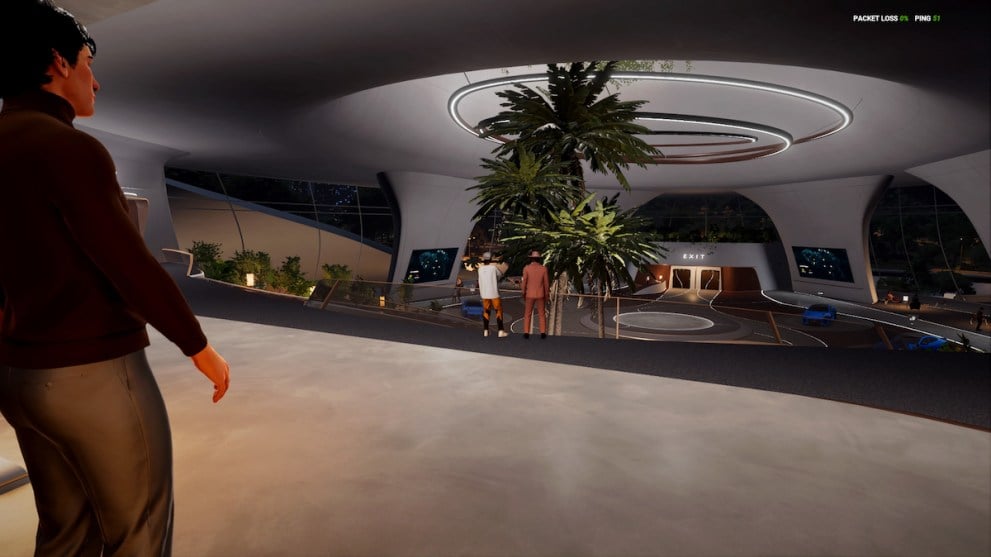
There’s no way to look past the fact that console versions of TDU: SC suffer from poor performance and PS3-looking visuals at times. Even in Graphics Mode, the game looks like something from two generations ago, and the framerate takes a substantial dip to boot. I’ve been playing on the PS5 version’s Performance Mode and still experience some moderate frame dips when cruising around with other cars. As soon as you enter races with other drivers, the framerate really suffers, hovering around 30 or less despite being on Performance Mode. The situation isn’t much better on PC. Unless you have a top-of-the-line setup, and I’m talking nothing less than a 4900, you’re looking at a marginally better performance and graphical situation from PS5.
No matter what rig you play TDU: SC on, the daytime lighting in particular is atrocious to look at. Environments are overexposed and tremendously bleached out during sunny daytime weather. Environments look the worst when playing in the game’s cockpit camera. I exclusively use the cockpit camera in games like Gran Turismo 7, so it was with great reluctance that I switched over to a third-person camera in TDU: SC due to the oversaturated daytime lighting blinding me from the windshield. For reference, here is a cockpit cam image captured on Graphics Mode for PS5.
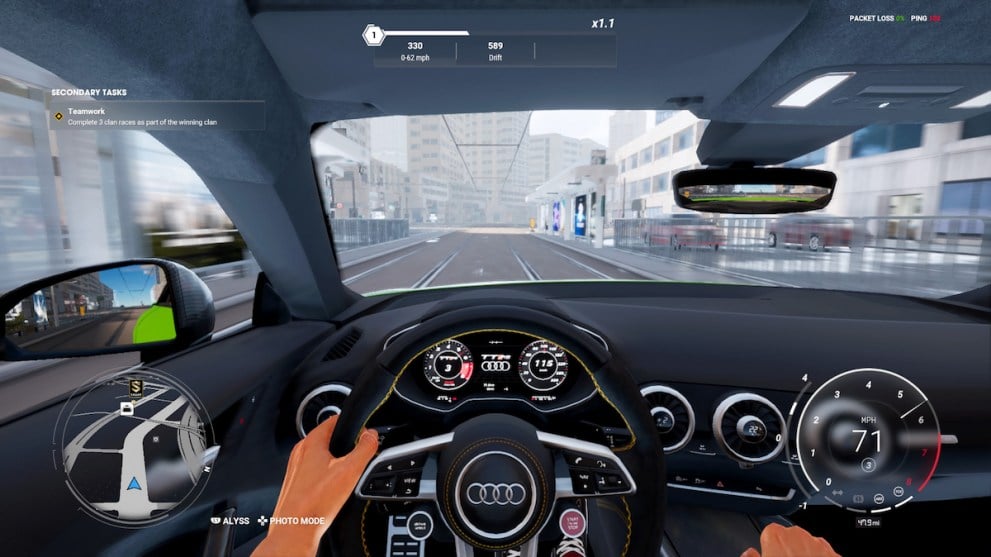
I’m not as fussed by the robotic animations of NPCs and their uncanny valley appearance, but it’s worth noting that NPCs are not easy on the eyes in this game either.
Thankfully, the diverse terrain of the map makes up for the shoddy performance and graphical quality a bit. KT Racing has crafted one of the very best open-world racing maps that I’ve had the privilege of exploring. This 1:1 realization of Hong Kong Island abounds with interesting side roads and hidden paths that compel the player to explore and experiment with how your cars handle different roads.
TDU: SC’s map is dotted with long highways perfect for testing the high speed of Bugattis and the like, while the tight corners and elevated hill climbs in the heart of the city center fit compact cars like the Audi TTRS like a glove. The 14 different districts feel organic to navigate thanks to the realistic depiction of interstates and alleyways, all unburdened by transitional load times.
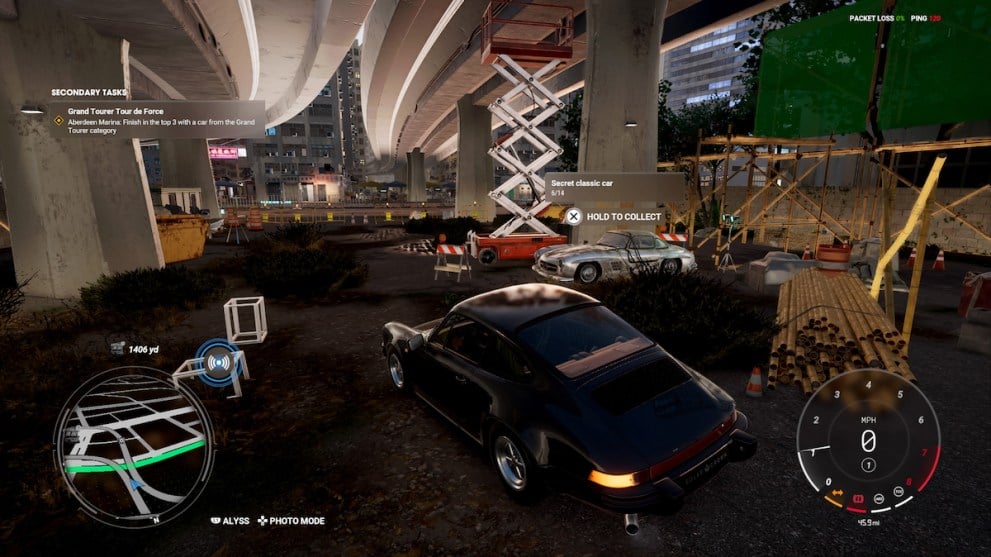
Sure, Solar Crown’s map is dwarfed by past TDU map sizes, but there’s far more detail and density here that more than make up for its smaller stature. Size isn’t everything; there are more roads (373 miles to be exact) and drivable paths within Solar Crown’s Hong Kong Island than in Forza Horizon 5’s base map, for example.
Hong Kong Island exhibits a good aesthetic variety too, with neon-lit city centers in the upper portion of the map, rugged mountainous terrain in the middle, and some lovely beach roads on the southern tip. The game rewards you for exploring every inch of Hong Kong Island with numerous collectibles, including the series staple wrecks which reward you with classic cars. TDU: SC’s crowning achievement is its 1:1 Hong Kong Island map, not because of its size, but because it has a density and diversity of roads that are a blast to drive on.
TDU Solar Crown is self-described as a massively open online racing game, or MOOR for short. The overarching structure has players competing in races to become the Solar Crown champion and rank up in their clan. The Solar Crown contest comprises the game’s core narrative and gameplay progression, presented through awkward cutscenes every time you hit a new level milestone.
Alongside this Solar Crown competition are clan battles. Two clans are competing for supremacy: the luxurious Sharps and the unconventional Streets. Each clan has its own HQ complete with walkable interiors and NPCs to challenge. I enjoyed this progression loop well enough, but have experienced something similar with other open-world racing games and their season-based live service models.
My favorite thing about Solar Crown’s progression is the sense of accomplishment and ownership that comes with buying a new car. Unlike Forza Horizon, you really have to work hard to earn your cars. Each car obtained is a high milestone, which is only augmented further once you begin immersing yourself in the car’s handling quirks and various settings. You can upgrade vehicles in TDU: SC, tune them, and put custom tyres and liveries on them. I wish you could apply different spoilers and side skirts to cars, but the TDU series never was about deep customization, so what TDU: SC has brought to the table here is impressive in its own right.
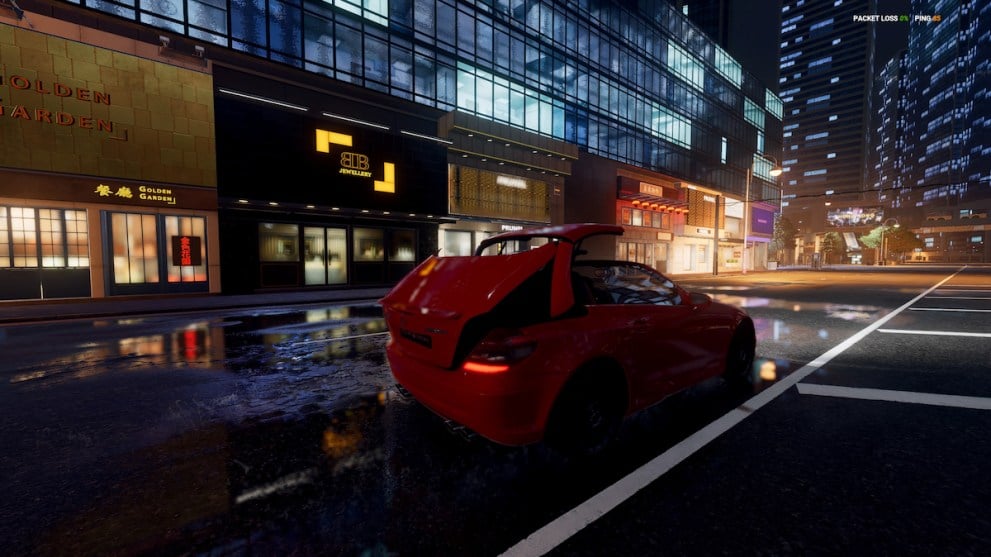
You can really get to know your car’s characteristics through the game’s races. TDU: SC only features four to six event types, most of them available in other racing games. You have your tried and true Circuit races, Time Attacks, Domination (which totals your score from checkpoints rather than finish line placement), and Sprint. There’s just not a lot of variety in event types compared to past TDU games (where are Courier Missions?), making Solar Crown feel all too familiar to other open-world racers on the market today.
To TDU: SC’s credit, some lifestyle elements are carried over from past games. You can manually roll down windows, toggle the wipers, turn signals, and even activate the convertible tops of cars while cruising. Solar Crown has given us interiors to walk around within car dealerships, garages, and our Solar Hotel room. We don’t have individual houses and realtors around the island to select from like in past TDU games, but the devs have expressed great interest in bringing houses forward with future updates. Solar Crown does introduce one fresh lifestyle sim aspect, namely the ability to watch other players customize car liveries within workshops in real-time. Lifestyle elements exist here in Solar Crown, but they’re noticeably toned down from previous entries and overshadowed by the competitive aspect of the game.
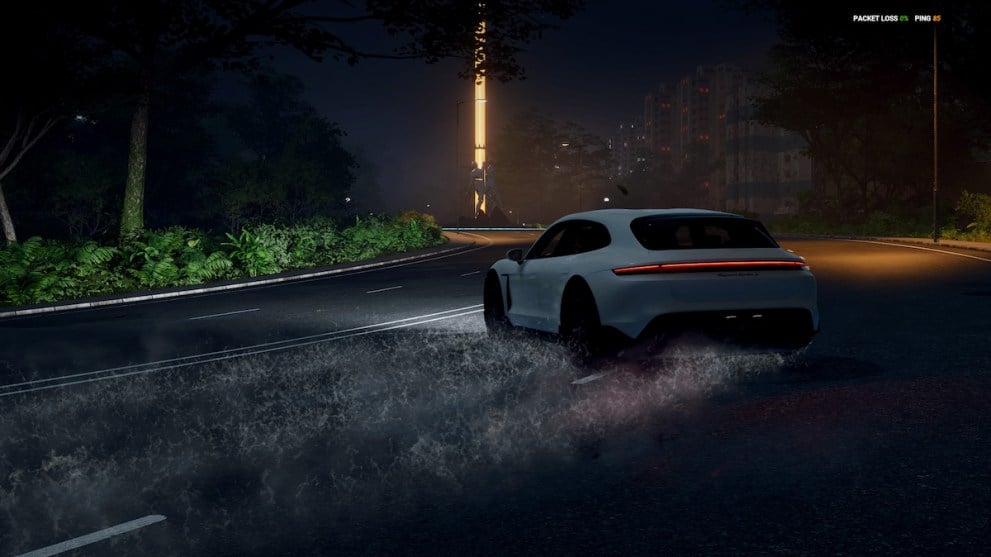
Thankfully, the vehicle handling and physics are an absolute triumph. The handling model is somewhere between arcade and sim. Cars shift their weight and corner more realistically than The Crew Motorfest and with arguably even more nuance than Forza Horizon 5. You can’t just drift around every corner for a victory; managing apex cornering and braking before every 90-degree corner is crucial to staying on track. That said, I simply love drifting in Solar Crown. Rear wheel drive cars appropriately lose traction as road surfaces slant, causing the tail to slip out gradually. You can manage the rear slipping out with careful counter-steering, making for some engaging and fun drifts and cruises.
Further enhancing each car’s viscerality are the sounds they make. Solar Crown features some of the most raw and realistic exhaust notes I’ve heard in some time. You can hear the turbo whine from forced induction cars as well as the progressive range of RPM featured in high-revving cars like the Nissan 370 Z and Porsche 911 R. I simply adore the way these vehicles sound and behave on the windy roads of Hong Kong Island, and the fact that I have manual control over functions like convertible tops and windows is an added plus. TDU: SC is a masterclass in vehicle viscerality.
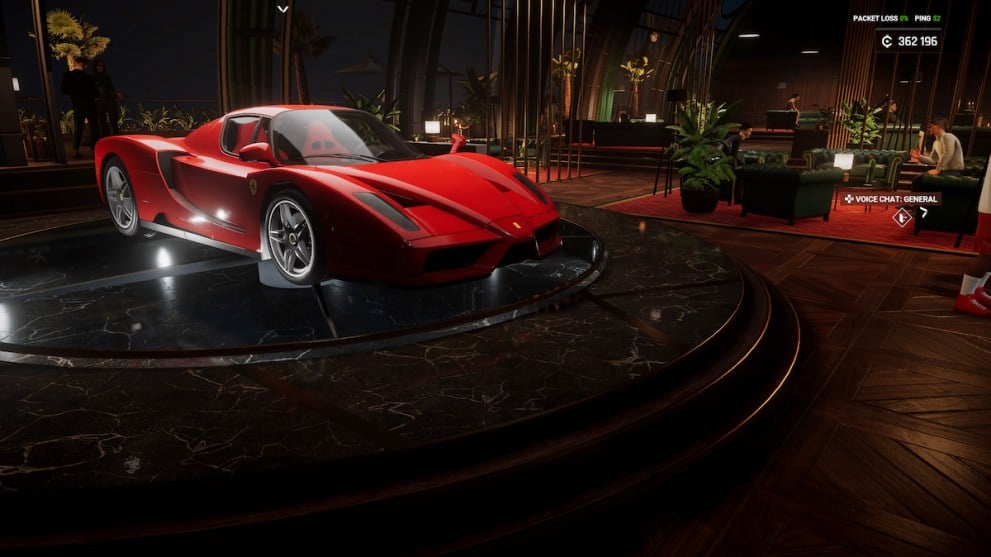
Despite my issues connecting to servers and the poor graphical performance on PS5, I’ve enjoyed my time driving across Solar Crown’s Hong Kong Island. The driving mechanics are easily the best the series has ever had, and the cars sound and feel viscerally dynamic.
Likewise, the excellent map design made it fun to explore the nooks and crannies in search of the game’s different collectibles. I particularly enjoy the immersion-enhancing elements like retractable convertible roof inputs and walkable interiors. It’s a shame that a game that places such a strong emphasis on realistic immersion and map detail is dragged down by poor graphical performance and always-online server issues.
Test Drive Unlimited: Solar Crown has the potential to overtake its rivals but it has too many faults slowing it down in its current state. I don’t recommend getting this game until it’s been patched and updated a bit, and maybe then it’ll be a true champion like its predecessors.
- Dense map design with a great variety of terrain and atmospheres.
- Cars feel wonderful to drive, with great drift physics and a dynamic sense of speed.
- Classic TDU immersion elements like walkable interior locations and convertible roof controls.
- Cars sound absolutely visceral and, in many cases, true to their real-life counterparts.
- Awful always-online implementation at launch with server connection issues and long waiting times.
- Terrible daytime lighting and poor console optimization.
- Game is lacking several features from past TDU games and feels too similar to other open-world racers.














Updated: Sep 13, 2024 02:03 pm